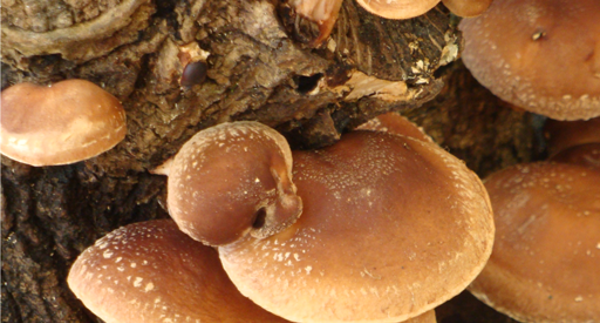
5 Steps to Mushroom Success
- Purchase a mushroom kit from the garden centre in autumn or spring.
- Find a position away from full sun to place your mushrooms.
- Carefully follow the instructions that come with your kit. Plenty of movement is critical, to prevent soil going mouldy.
- Keep compost moist, by watering lightly a couple of times a week.
- Harvest once mushrooms are at the size you prefer to eat and use.
Follow our full guide below to homegrown mushrooms.
Mushrooms are technically not a vegetable but a fungus, however as we eat them as veges so they are commonly called a vegetable.
Growing them at home is fun and rewarding, it does take a bit of effort, and due to this it can be easier to harvest the ones that naturally appear in your garden or in the park.
How and where mushrooms grow
- The appearance of mushrooms in the lawn, along the roadsides and in paddocks is generally a hint that autumn or spring have arrived.
- Be careful when picking wild mushrooms and not all types are edible, in fact some are quite nasty and even poisonous.
- The tasty field mushrooms are relatively easy to recognise with there creamy white dome top and dusky pink flesh underneath.
- Large field mushrooms, sometimes referred to as horse mushrooms are easy to spot as they are the size of dinner plates and generally appear in cow or horse paddocks, these are fabulous to eat. Almost a meal on their own.
- Commercial mushroom farms create large sheds to grow the crop, in which they can control the light, moisture and temperature levels.
- They grow the mushrooms on a special blend of rotted compost which has been inoculated (sown) with mushroom spawn (spawn is the fungi equivalent to seeds)
Homegrown mushrooms
At home the easiest way to get started with mushrooms is to buy a mushroom kit. All the garden centres have them in the autumn and spring. They make a great present too.
The kits generally include some compost or soil which is already inoculated with mushroom spawn, maybe a tree trunk or a tray to grow them on and a growing guide on how to go about getting a crop going.
The key thing is to understand the life cycle of a mushroom, naturally they appear in cooler weather when the soil is warm but not too hot and moist but not wet.
Find a position away from full sun to place the mushroom kit, under a tree, beside a hedge or even in the garage is ideal.
Every mushroom kits varies slightly in its instructions, follow them carefully.
Plenty of movement is critical, to prevent the soil going mouldy. Keep compost moist, by watering lightly a couple of times a week.
Within a month or so, all going well, small white strands will appear from the compost and begin to form the mushrooms. Do not be tempted to touch these are they are very delicate and can easily be damaged. A couple of weeks later the mushroom heads will appear and begin to mature.
Harvest
Harvest once mushrooms are at the size you prefer to eat and use. A new crop will appear once the first crop has been harvested if the soil is kept moist.
Replenish the compost or fill holes with peat if gaps appear when you harvest, its easy to pull the mushrooms out roots and all.
After the season has finished the mushroom farms can be put aside for next season or added to the compost pile.
You could try growing your own mushrooms by placing a mature mushroom on a tray of well rotted compost in a moist shady area, if conditions are right you may find a crop in the following season.